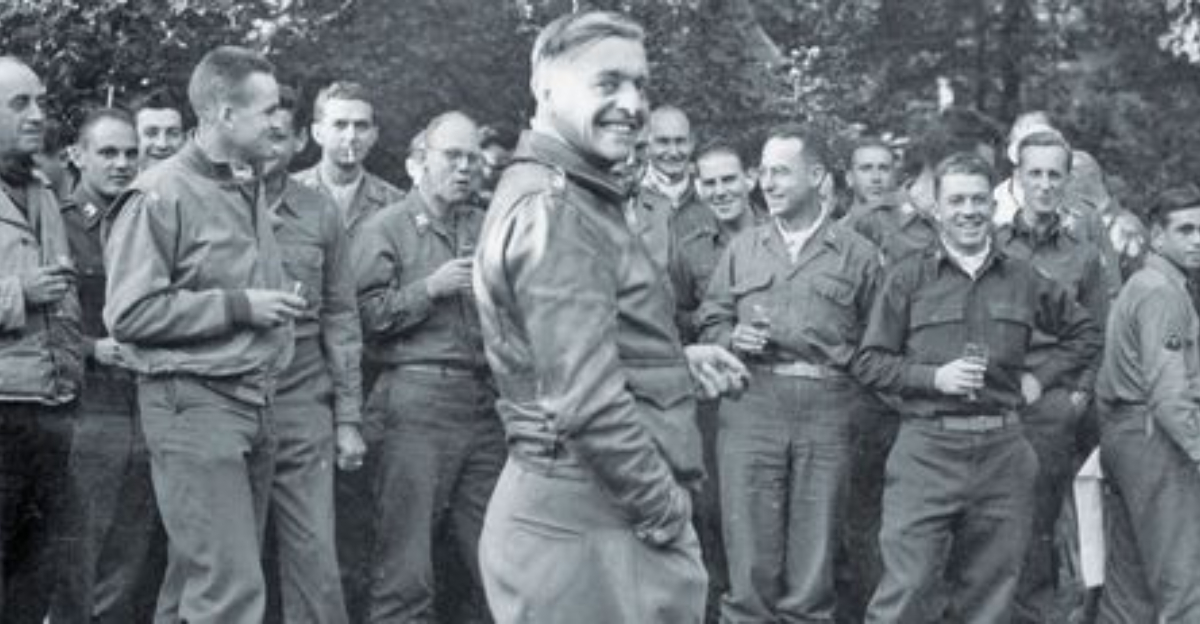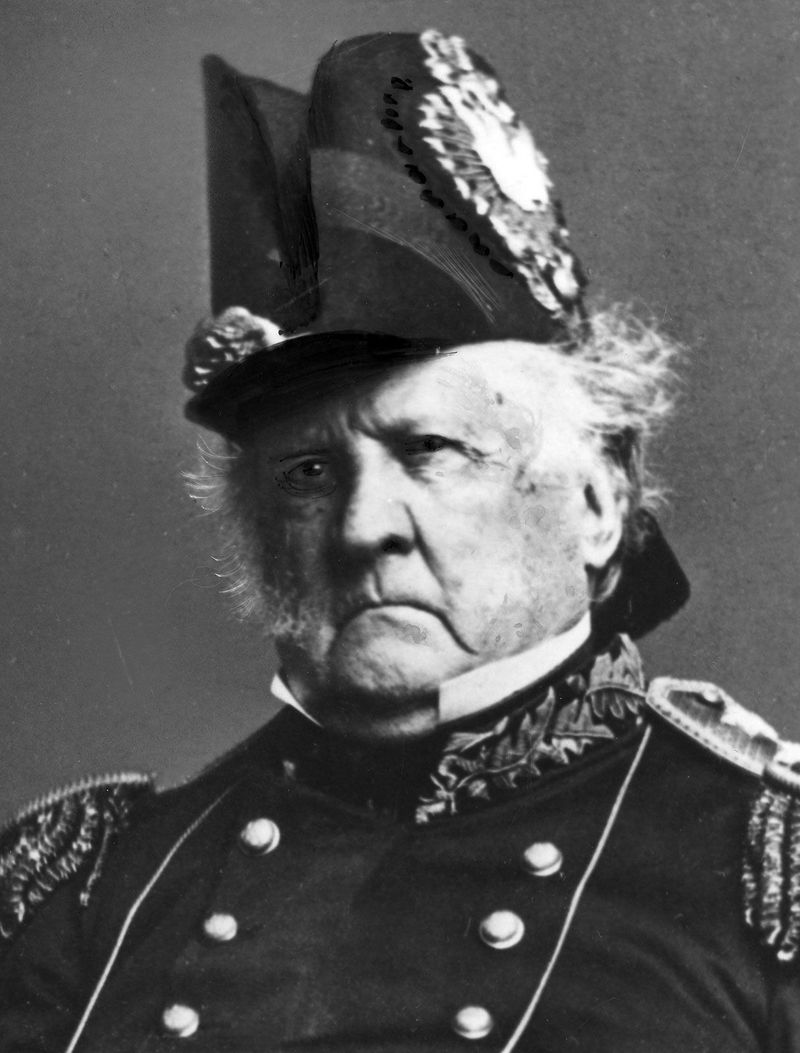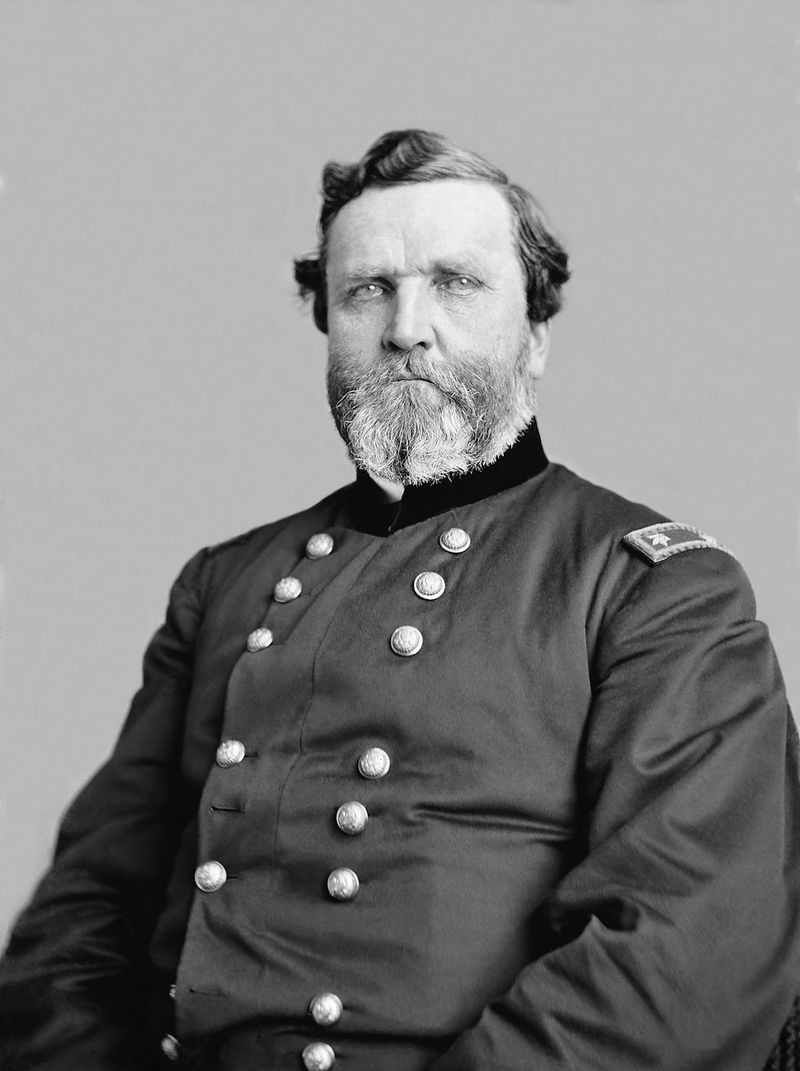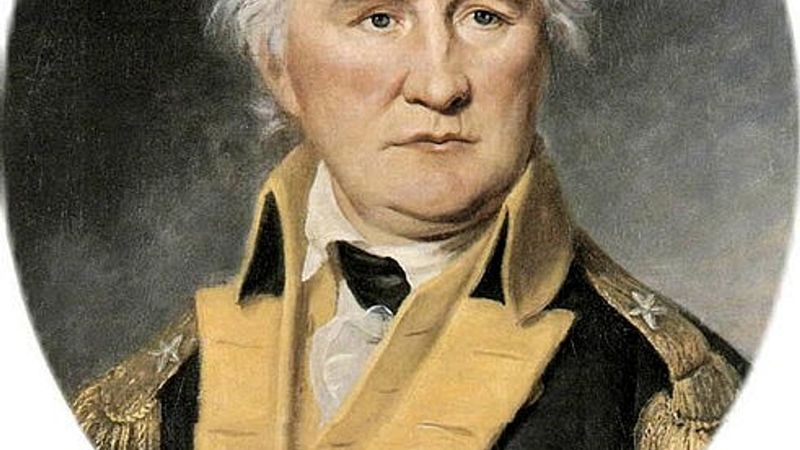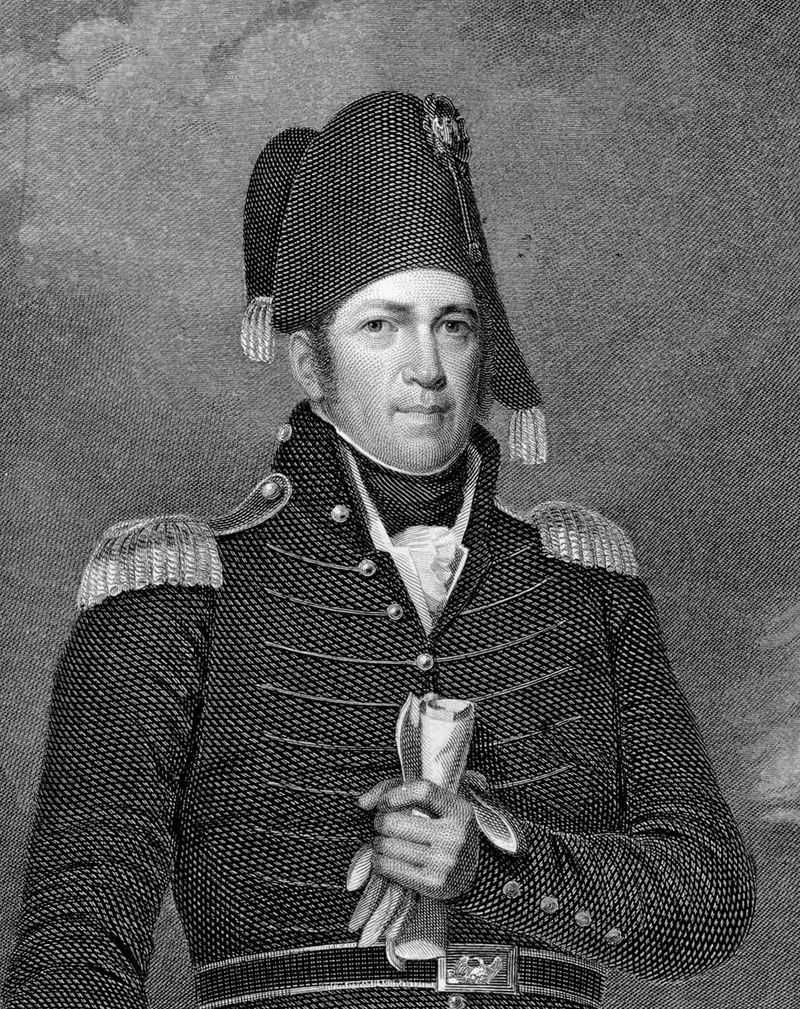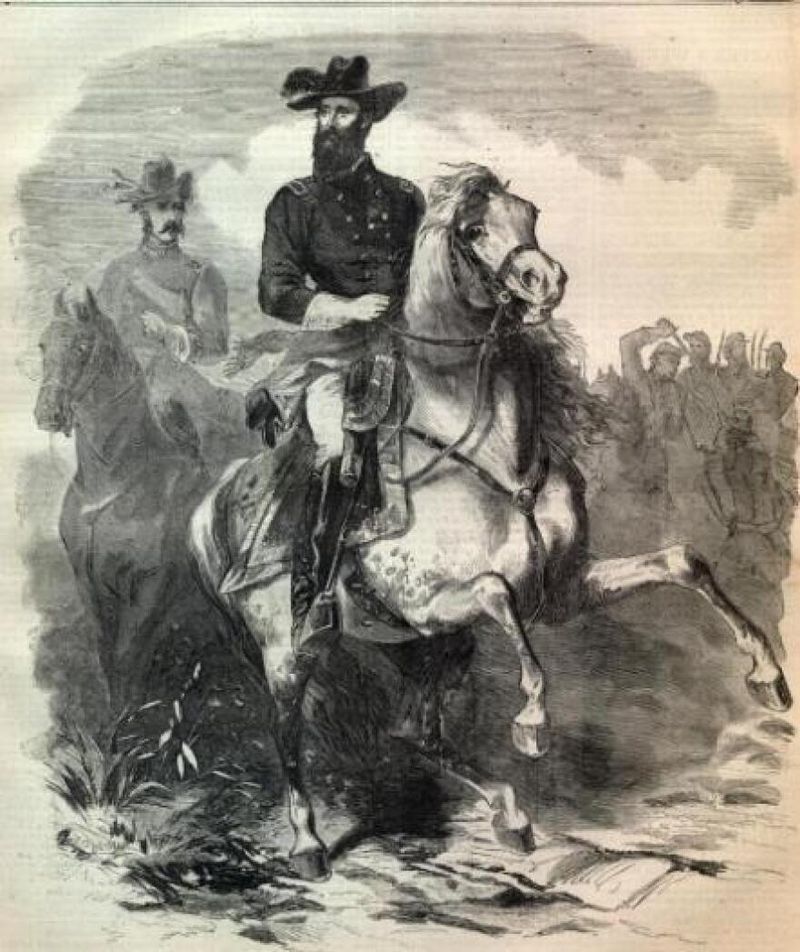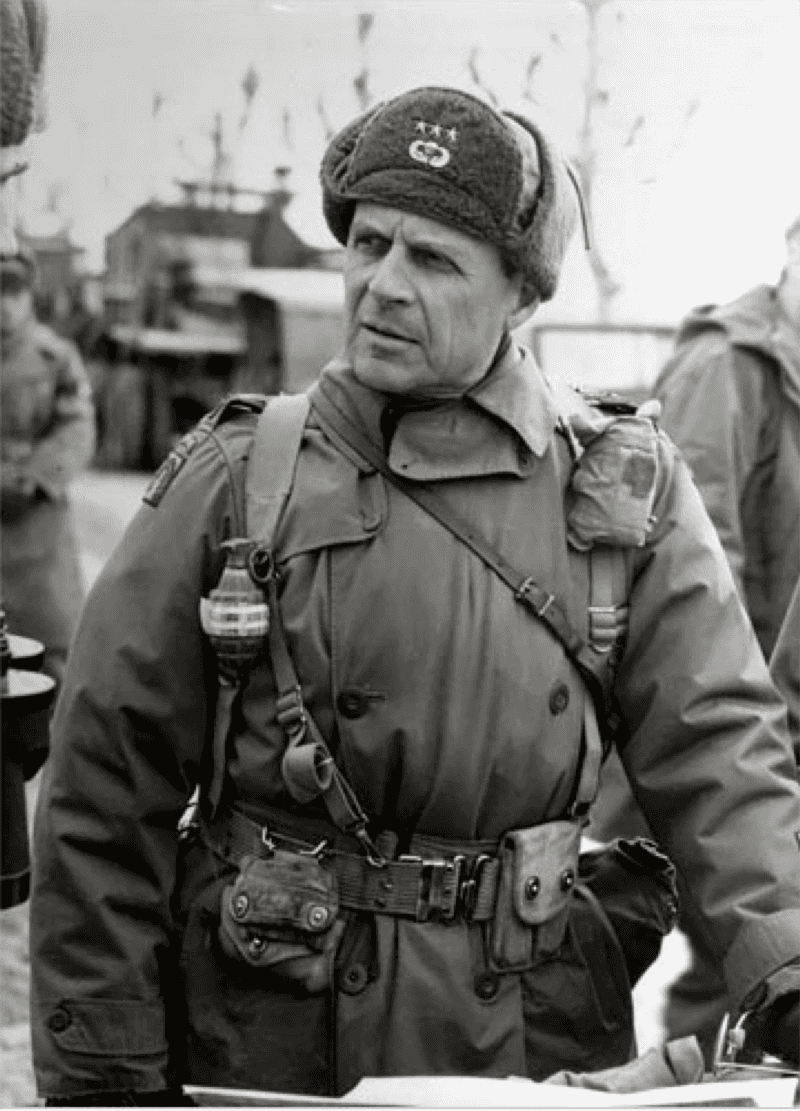American military history is filled with legendary commanders whose strategic brilliance changed the course of wars. While names like Washington, Grant, and Patton are household knowledge, many equally impressive generals have faded from our collective memory.
These overlooked commanders engineered crucial victories that shaped our nation’s history, often using innovative tactics that revolutionized warfare.
Their forgotten stories reveal how America’s military success depended on more than just the famous faces in our history books.
1. The Southern Strategist: Gen. Nathanael Greene
Once a Quaker with no military experience, Greene transformed into Washington’s most trusted general. His unorthodox “fighting retreat” strategy in the Southern Campaign brilliantly wore down British forces while preserving his own army.
After losing battles but winning the campaign, Greene reclaimed the South from British control piece by piece. His genius lay in understanding that strategic withdrawal could be more powerful than direct confrontation.
Greene’s resourcefulness turned the tide of the Revolutionary War in the South, yet his name rarely appears alongside more famous founding fathers. His tactics influenced military strategy for generations and helped secure American independence when victory seemed impossible.
2. Master of Two Wars: Gen. Winfield Scott
Standing at six-foot-five, “Old Fuss and Feathers” commanded respect through his imposing presence and brilliant mind. Scott’s victories in the War of 1812 saved American pride, particularly at the Battle of Chippewa where he proved American troops could defeat British regulars.
His true genius emerged during the Mexican-American War. Scott’s amphibious landing at Veracruz and subsequent march to Mexico City became a textbook military campaign studied worldwide.
Though age prevented him from field command during the Civil War, his strategic Anaconda Plan – gradually strangling the Confederacy through blockade and control of the Mississippi – became the blueprint for Union victory. Few generals have shaped American military doctrine across so many conflicts.
3. The Unshakable Rock: Gen. George H. Thomas
A Virginian who remained loyal to the Union, Thomas faced the scorn of his family yet never wavered in his principles. His finest moment came at Chickamauga in 1863, where his stubborn defense prevented a complete Union disaster and earned him the nickname “The Rock.”
At Nashville, Thomas methodically planned and executed the most complete victory of the Civil War, virtually destroying an entire Confederate army. Despite these achievements, he was overshadowed by more politically savvy generals like Sherman and Grant.
Thomas never sought publicity or wrote memoirs to boost his reputation. His thoroughness and refusal to rush into battle sometimes frustrated his superiors but saved countless soldiers’ lives – a general who valued his men’s lives above personal glory.
4. Backwoods Tactical Genius: Gen. Daniel Morgan
A former wagon driver with no formal military education, Morgan developed battle tactics so effective they’re still taught at military academies today. His crowning achievement came at Cowpens in 1781, where he defeated the feared British cavalry commander Banastre Tarleton.
Morgan’s brilliance lay in understanding his troops’ strengths and weaknesses. He positioned his militia – known for breaking under pressure – in a way that turned their tendency to retreat into a tactical advantage, creating a double envelopment that trapped British forces.
Despite suffering from debilitating sciatica that often left him unable to mount a horse without assistance, Morgan personally rallied his troops in critical moments. His victory at Cowpens helped turn the tide in the Southern Campaign of the Revolutionary War.
5. Freedom’s Fierce Defender: Gen. John Stark
A frontiersman who survived capture by Native Americans in his youth, Stark brought toughness and independent thinking to the Revolutionary cause. His famous words, “Live free or die: Death is not the worst of evils,” later became New Hampshire’s state motto, reflecting his uncompromising spirit.
At Bennington in 1777, Stark’s militia force crushed a detachment of German mercenaries fighting for the British. This victory prevented vital supplies from reaching British General Burgoyne’s army and contributed to the American victory at Saratoga.
Stark’s unconventional leadership style – refusing to follow orders he disagreed with and fighting on his own terms – sometimes frustrated the Continental Army command but produced results when conventional tactics failed. His victory at Bennington changed the momentum of the entire northern campaign.
6. The Fearless Frontier Fighter: Gen. Anthony Wayne
Nicknamed “Mad Anthony” for his bold, sometimes reckless courage in battle, Wayne was Washington’s go-to general for seemingly impossible missions. His midnight bayonet assault on Stony Point in 1779 captured a supposedly impregnable British fortress without firing a shot, boosting American morale during a difficult period.
After the Revolutionary War, Wayne faced an even greater challenge – securing America’s northwestern frontier. His decisive victory at Fallen Timbers in 1794 broke Native American resistance and secured the Ohio Territory for American settlement.
Wayne’s training methods transformed undisciplined recruits into professional soldiers. His Legion of the United States became the model for the future U.S. Army, emphasizing discipline, marksmanship, and bayonet fighting. Despite his “mad” nickname, Wayne’s greatest strength was his meticulous preparation before launching his famously aggressive attacks.
7. Niagara’s Stalwart Defender: Gen. Jacob Jennings Brown
From Quaker schoolteacher to commanding general, Brown’s unlikely military career began when he organized local militia to defend the New York frontier. Despite no formal military training, his natural leadership abilities caught President Madison’s attention during the War of 1812.
Brown’s crowning achievement came along the Niagara frontier, where his victories at Chippewa and Lundy’s Lane proved American forces could stand toe-to-toe with Britain’s professional army. These battles restored American pride after earlier defeats and embarrassments.
As the first General-in-Chief of the U.S. Army during peacetime, Brown transformed a small post-war force into a professional organization. He established the first formal military education programs and created standards that would guide the Army for generations. Few generals have had such impact on both battlefield and institutional development.
8. The Brilliant But Unlucky: Gen. William S. Rosecrans
With his photographic memory and engineering background, “Old Rosy” brought scientific precision to warfare. His brilliance first shone at Rich Mountain in 1861, executing a flanking maneuver that secured Western Virginia for the Union.
Rosecrans’ masterpiece came at Stones River, where his stubborn refusal to retreat after a devastating first day turned near-defeat into victory. This crucial win boosted Northern morale when the Union desperately needed good news.
Despite his tactical genius, a single disastrous hour at Chickamauga – when a misunderstood order created a gap in Union lines – overshadowed his achievements. Political rivalries with General Grant further damaged his reputation. Military historians now recognize Rosecrans as one of the war’s most innovative commanders whose contributions were unfairly diminished by personal feuds and one catastrophic mistake.
9. The Cavalry Raider: Gen. Benjamin Grierson
A music teacher who hated horses became one of the Civil War’s most audacious cavalry commanders – a transformation as unlikely as it was remarkable. After being kicked in the face by a horse as a child, Grierson’s lifelong fear of horses makes his cavalry achievements even more extraordinary.
His legendary 1863 raid through Mississippi diverted Confederate attention from Grant’s Vicksburg campaign. For 16 days, Grierson’s 1,700 troopers tore through 600 miles of enemy territory, destroying railroads, telegraph lines, and military supplies while evading 20,000 pursuing Confederate troops.
After the Civil War, Grierson commanded Buffalo Soldiers on the frontier, fighting for fair treatment of these African American troops. His innovative tactics influenced military doctrine well into the 20th century, proving that mobility and surprise could accomplish what brute force could not.
10. The Amphibious Assault Master: Gen. Lucian Truscott
Starting his military career as a cavalry officer chasing Pancho Villa along the Mexican border, Truscott later mastered the art of amphibious warfare in World War II. His distinctive style – wearing a leather jacket rather than a uniform and carrying a riding crop – matched his unconventional approach to leadership.
Truscott pioneered techniques for landing troops on hostile shores, leading successful invasions in Sicily, Anzio, and Southern France. Unlike many generals who commanded from the rear, he regularly visited frontline positions, earning immense respect from his soldiers.
His greatest achievement came in Italy, where he transformed the struggling VI Corps into an elite fighting force. Soldiers called him “the GI’s General” for his concern about their welfare and his practical, no-nonsense approach to warfare. Truscott accomplished his objectives with minimal casualties – the true mark of military genius.
11. Korea’s Battlefield Savior: Gen. Matthew Ridgway
When General Ridgway took command of demoralized U.S. forces in Korea in December 1950, American troops were in full retreat. Within just 90 days, he transformed a near-defeat into a decisive turnaround that saved South Korea from communist takeover.
Ridgway’s leadership style combined toughness with compassion. He famously wore hand grenades strapped to his chest – not for show, but as a practical way to have weapons ready. He personally visited frontline positions to understand battlefield conditions and rebuild troop morale.
His tactical innovations, including the “meat grinder” defense that inflicted maximum casualties on attacking Chinese forces, changed the course of the war. After replacing MacArthur as Supreme Commander, Ridgway stabilized the Korean front and established the foundation for the armistice that continues today. Few generals have accomplished such a dramatic battlefield reversal against overwhelming odds.
